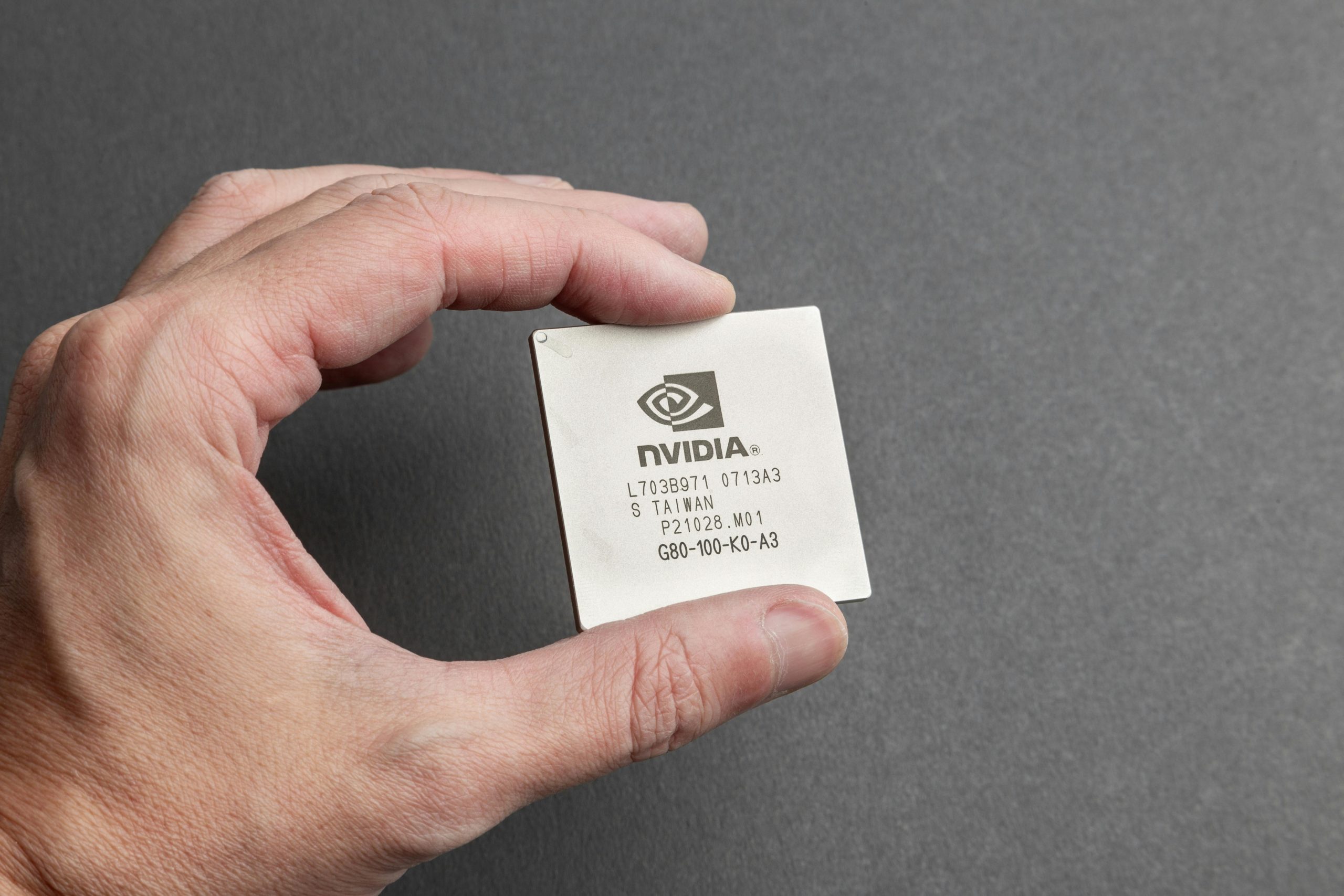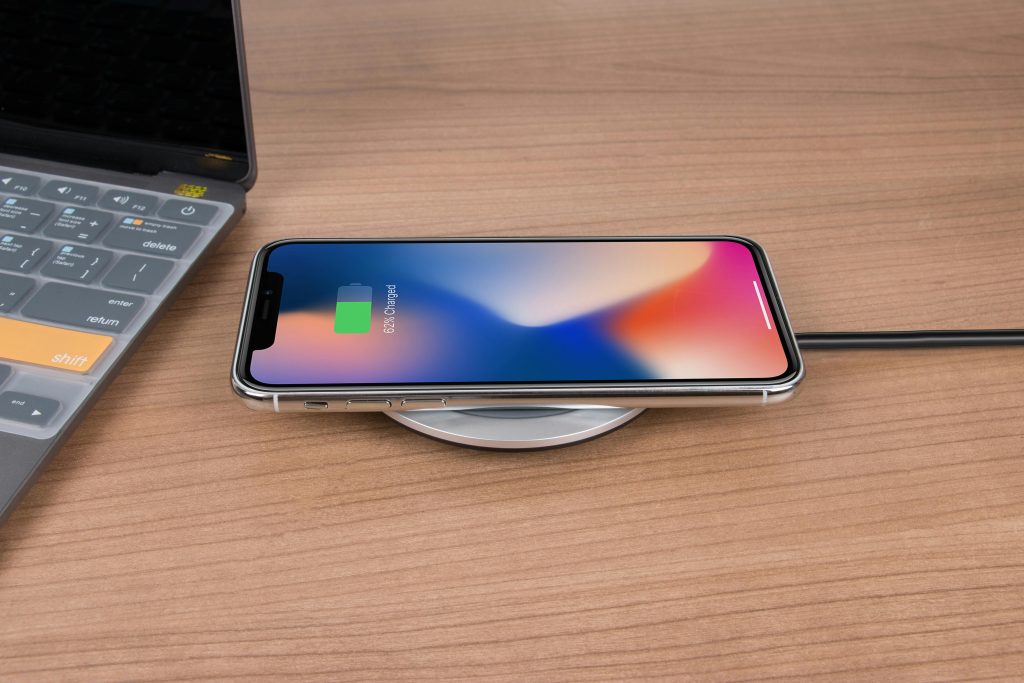Troubleshooting GPU Upgrade Issues: PC Won’t Boot After Skipping Driver Uninstallation
Upgrading your computer’s graphics card can significantly boost performance, but the process sometimes introduces unforeseen challenges—especially if proper procedures aren’t followed. One common mistake is neglecting to uninstall previous GPU drivers before installing a new graphics card, which can lead to boot and display issues. This article explores a real-world scenario and offers guidance on resolving such problems efficiently.
Case Study: Post-Upgrade Boot Failure After GPU Swap
A user recently upgraded their graphics hardware from an AMD Radeon RX 5700 XT to an NVIDIA GeForce RTX 5060 Ti. The installation was performed without first removing existing AMD drivers. Although the system functioned briefly after installation, the user encountered a critical problem: subsequent boots would not complete successfully when monitors were connected via DisplayPort, making it impossible to access Windows 11 to troubleshoot further.
Understanding the Root Cause
When switching between graphics vendors, residual driver files and configurations can interfere with system stability. In this case, remnants of AMD drivers likely conflicted with the newly installed NVIDIA hardware, causing boot failures or display detection issues. Since the system was relying on AMD-specific drivers that were not properly uninstalled, Windows struggled to initialize the display or boot correctly.
Recommended Troubleshooting Steps
- Boot into Safe Mode:
- Restart the PC and repeatedly press the specific key (often F8, Shift + Restart, or F11) to access the recovery environment.
- From there, select “Troubleshoot” > “Advanced options” > “Startup Settings” > “Restart.”
-
After rebooting, choose “Enable Safe Mode” or “Safe Mode with Networking.” This environment loads minimal drivers, which may enable you to access Windows.
-
Uninstall Conflicting GPU Drivers:
- Once in Safe Mode, open the Device Manager or use dedicated tools like Display Driver Uninstaller (DDU) for a thorough cleanup.
-
Remove both AMD and NVIDIA display drivers to prevent conflicts. DDU is particularly effective for thoroughly removing graphics drivers.
-
Reinstall Appropriate Drivers:
- After cleaning, download the latest NVIDIA drivers from the official website.
-
Install the drivers cleanly, following prompts to perform a custom installation if available, to ensure no remnants remain.
-
Restart and Verify:
- Reboot normally and connect your monitors.
- Check if the display outputs work correctly and if Windows boots
Share this content:



